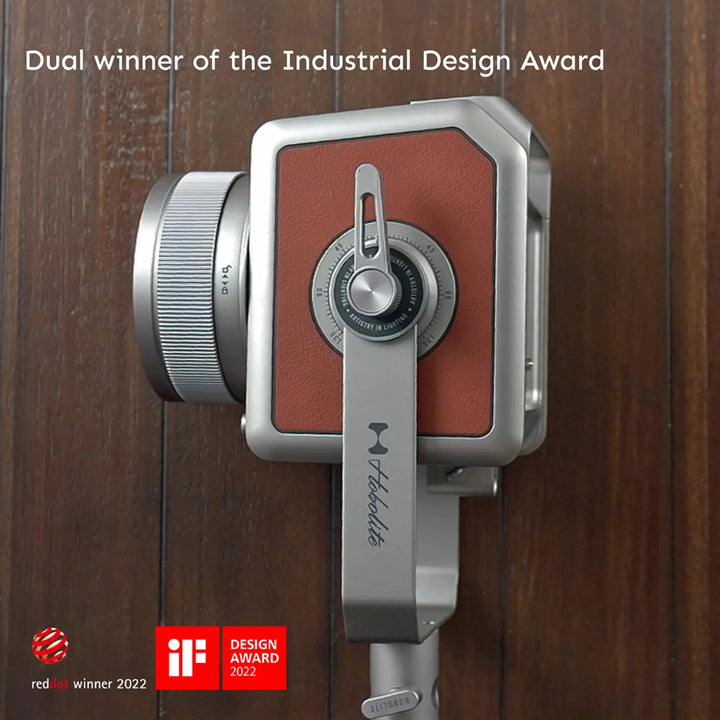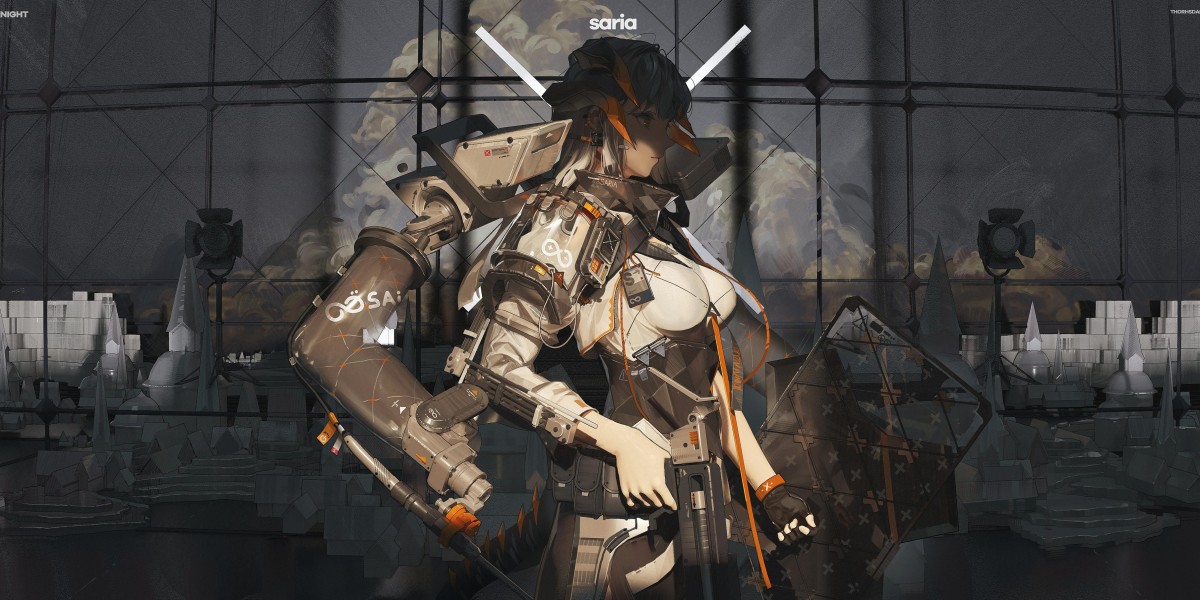Unlock the Secrets to Stunning Studio Photography with the Perfect LED Lighting!
Lighting is the cornerstone of studio photography, setting the mood and defining the quality of the images captured. Over the years, LED lighting has emerged as a game-changer in the field, providing photographers with innovative solutions that enhance their creative expression. Unlike traditional lighting options, LED lights are not only energy-efficient but also offer exceptional versatility and color accuracy. This means you can achieve stunning results without worrying about excessive electricity costs or complicated setups. As a photographer who has experimented with various lighting setups, I can attest to the transformative power of LED lighting in creating the perfect shot.

Understanding LED Lighting Types
When it comes to studio photography, the type of LED lighting you choose can significantly impact your results. There are several options available, each with its unique characteristics and ideal use cases. Softboxes are renowned for their ability to create soft, diffused lighting, making them a popular choice for portrait photography. Ring lights, on the other hand, are favored by makeup artists and beauty photographers for their ability to produce consistent, even lighting that enhances features. Panel lights offer versatility with their slim design and adjustable color temperature, making them suitable for various photography styles. Understanding these types will help you make informed decisions when setting up your studio.
Softboxes
Softboxes are a staple in studio photography, designed to diffuse light and create a soft, flattering glow. They work by enclosing a light source within a fabric box, allowing the light to bounce off the interior walls and spread evenly. This results in a gentle illumination that minimizes harsh shadows and highlights. I remember a friend of mine who used a softbox for his portrait sessions; the images came out looking incredibly natural and inviting, showcasing the subject’s features beautifully.
Ring Lights
Ring lights are circular lighting fixtures that provide uniform illumination around the subject. Their unique design creates captivating catchlights in the eyes, enhancing the overall aesthetic of portraits. This type of lighting is especially popular among beauty and makeup photographers because it highlights the details of the makeup application while eliminating unflattering shadows. I once attended a makeup tutorial where the artist used a ring light, and the difference it made in the final images was astonishing.
Panel Lights
Panel lights are slim, versatile lighting options that can be adjusted for brightness and color temperature. Their sleek design makes them easy to position in tight spaces, and they are suitable for a range of photography styles, from portraits to product photography. Their adjustable features allow photographers to customize the light to fit their creative vision. A friend of mine recently incorporated panel lights into her studio setup, and she was thrilled with the flexibility they provided for her various projects.
Choosing the Right LED Lighting for Your Studio
Selecting the right LED lighting for your studio involves careful consideration of several factors. First, think about your specific needs as a photographer. Are you focusing on portraits, products, or both? Next, consider the space you have available. Some lights require more room for proper positioning than others. Additionally, your budget will play a crucial role in determining your options. Look for lights that offer the right balance of brightness and color temperature. It’s essential to test different setups to see what works best for your style and environment. Remember, investing in quality lighting can elevate your photography and help you achieve the results you desire.
Effective Techniques for Using LED Lighting
Maximizing the effectiveness of LED lighting in studio photography requires understanding various techniques. Proper positioning of lights can dramatically alter the mood and dimensions of your photographs. Additionally, combining different types of lighting can create depth and interest in your images. Using modifiers such as diffusers, reflectors, and grids can further enhance the quality of light and help you control its direction. I have seen firsthand how experimenting with different light setups can lead to stunning results that truly showcase a subject’s character.
Light Positioning
The positioning of your lights is critical to achieving the desired effects in your photographs. Experimenting with different angles and distances can help you create shadows and highlights that add depth to your images. For instance, a high angle can create a dramatic effect, while a lower angle can provide a more flattering view of your subject. Understanding how light interacts with your subject will allow you to manipulate it to your advantage.
Using Modifiers
Modifiers are essential tools that can enhance your LED lighting setup. Grids can help focus the light more narrowly, creating dramatic shadows, while reflectors can bounce light back onto your subject, filling in shadows without additional light sources. Diffusers, on the other hand, soften the light, reducing harshness and creating a more pleasing effect. By utilizing these modifiers, you can have greater control over the quality and direction of light in your photography sessions.
Key Takeaways for Perfecting Your Lighting
In conclusion, understanding the various types of LED lighting available for studio photography and how to use them effectively is vital for any photographer looking to enhance their work. From softboxes to ring lights and panel lights, each type offers unique advantages that can help you achieve stunning results. By carefully selecting the right lighting based on your needs and employing effective techniques, you can elevate your photography to new heights. Don't hesitate to experiment with different setups and find what resonates with your creative style. The perfect LED lighting is just a setup away!







